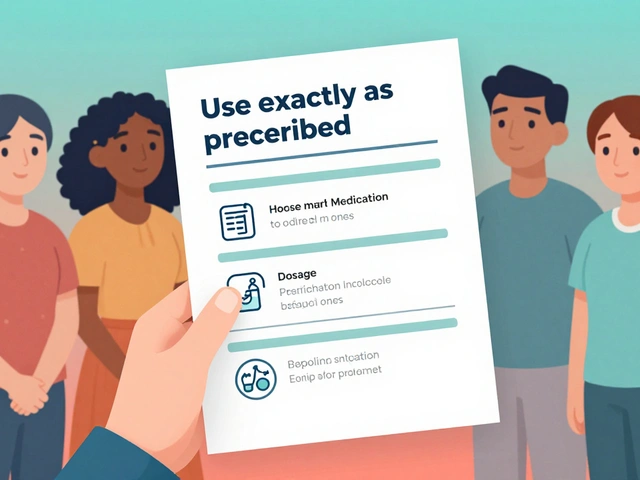How to Check Canadian Pharmacy Legitimacy: A 2025 Guide to CIPA, PharmacyChecker & Safe Ordering
April 26 2025Paroxetine alternatives — what to try instead of Paxil
Paroxetine (Paxil) works well for many, especially anxiety and panic, but it has quirks: strong withdrawal symptoms and common sexual side effects. If you're thinking about switching or your prescriber suggested a change, here are sensible alternatives and how to compare them.
Common drug alternatives and what to expect
SSRIs: These are the closest alternatives. Sertraline is a go-to — good for anxiety and depression with a generally balanced side-effect profile. Fluoxetine has a much longer half-life, which means milder withdrawal risk if you miss doses or stop. Escitalopram and citalopram often cause fewer side effects for many people, but watch dose limits, especially with citalopram and heart rhythm concerns.
SNRIs: Venlafaxine and duloxetine help both mood and certain pain symptoms. Venlafaxine can be very effective but may raise blood pressure at higher doses. Duloxetine is helpful when depression and chronic pain (like fibromyalgia) overlap.
Bupropion: If low energy or sexual side effects are the main issue, bupropion (Wellbutrin) is a strong option. It boosts motivation and rarely causes sexual dysfunction, but it can raise anxiety in some people and is not ideal if you have a seizure risk.
Mirtazapine: This one is sedating and can increase appetite — useful if you have poor sleep or weight loss from depression. It tends to cause less sexual dysfunction than many SSRIs.
Other options: For obsessive-compulsive disorder or severe anxiety, sometimes switching to a different SSRI or adding therapy works better than switching classes. MAOIs are reserved for specific cases and require strict dietary rules and washout periods.
How to choose and switch safely
Match the drug to your symptoms: choose bupropion for low energy, duloxetine for pain, mirtazapine for insomnia. Think about side effects you can’t tolerate — sexual side effects, sedation, weight changes, or blood pressure effects matter.
Never stop paroxetine suddenly. Because paroxetine has a short half-life and strong withdrawal effects, most doctors recommend a gradual taper or cross-taper to the new drug. Fluoxetine may be used as a bridge because it clears slowly, but only under medical supervision. Also keep drug interactions and pregnancy plans in mind — some antidepressants carry specific risks.
Non-drug options count. Cognitive behavioral therapy (CBT), exercise, sleep hygiene, and reducing alcohol all lower symptoms and sometimes reduce the dose you need. Combining therapy with medication often gives the quickest, most lasting benefit.
If you’re considering a switch, make a simple list: main symptoms, side effects you can’t accept, medical history (blood pressure, seizures, pregnancy), and current meds. Bring this to your doctor or pharmacist and ask about taper plans, monitoring, and what to expect in the first 2–6 weeks after switching.
Need more detail on specific drugs or how to find a safe online pharmacy? Pharmacy2Home has easy guides on many antidepressants and tips for ordering meds safely. Talk to your prescriber and take one step at a time — switching can feel tricky, but with the right plan it’s manageable.
 9 Apr
9 Apr
Paroxetine Alternatives: Exploring 9 Options for Wellness
Exploring alternatives to Paroxetine offers a chance to find the right fit for mental health needs. This guide dives into nine potential options, from traditional medications like Sertraline to natural supplements such as Omega-3 Fatty Acids. Understanding the pros and cons of each can empower individuals in making informed decisions about their mental health treatment.
Read More...




